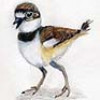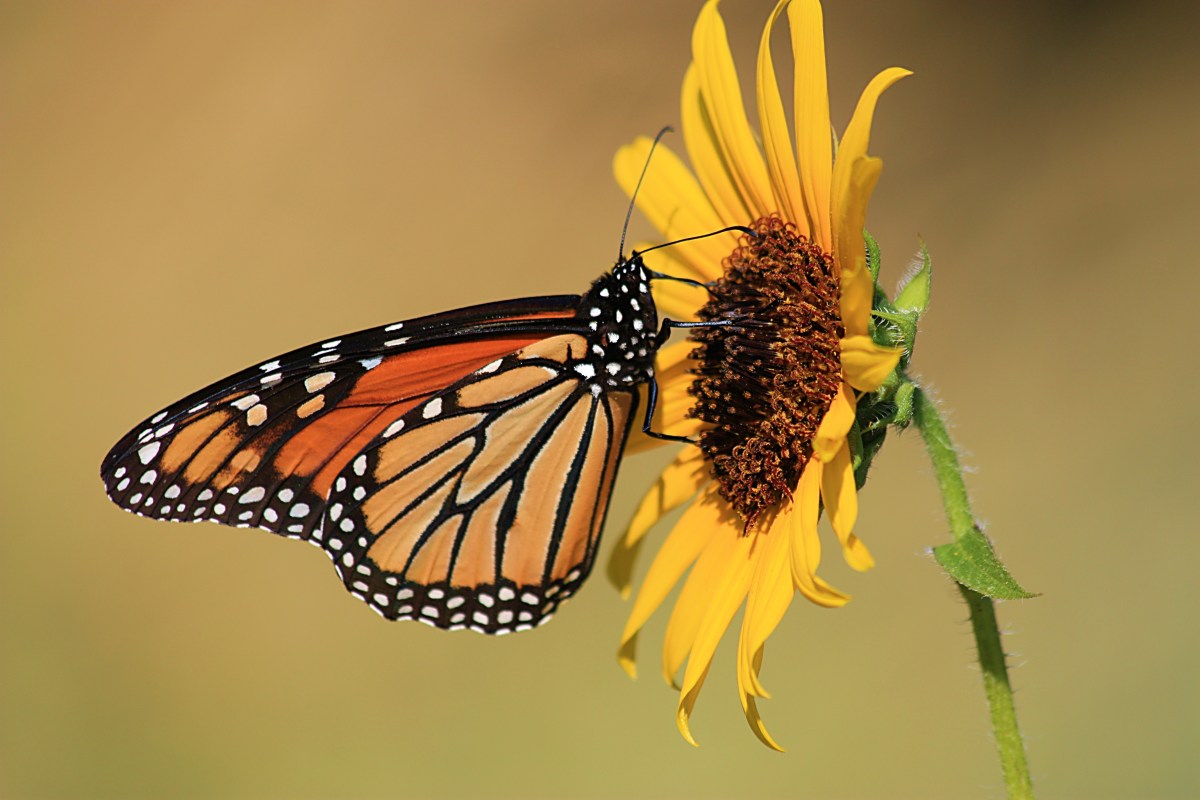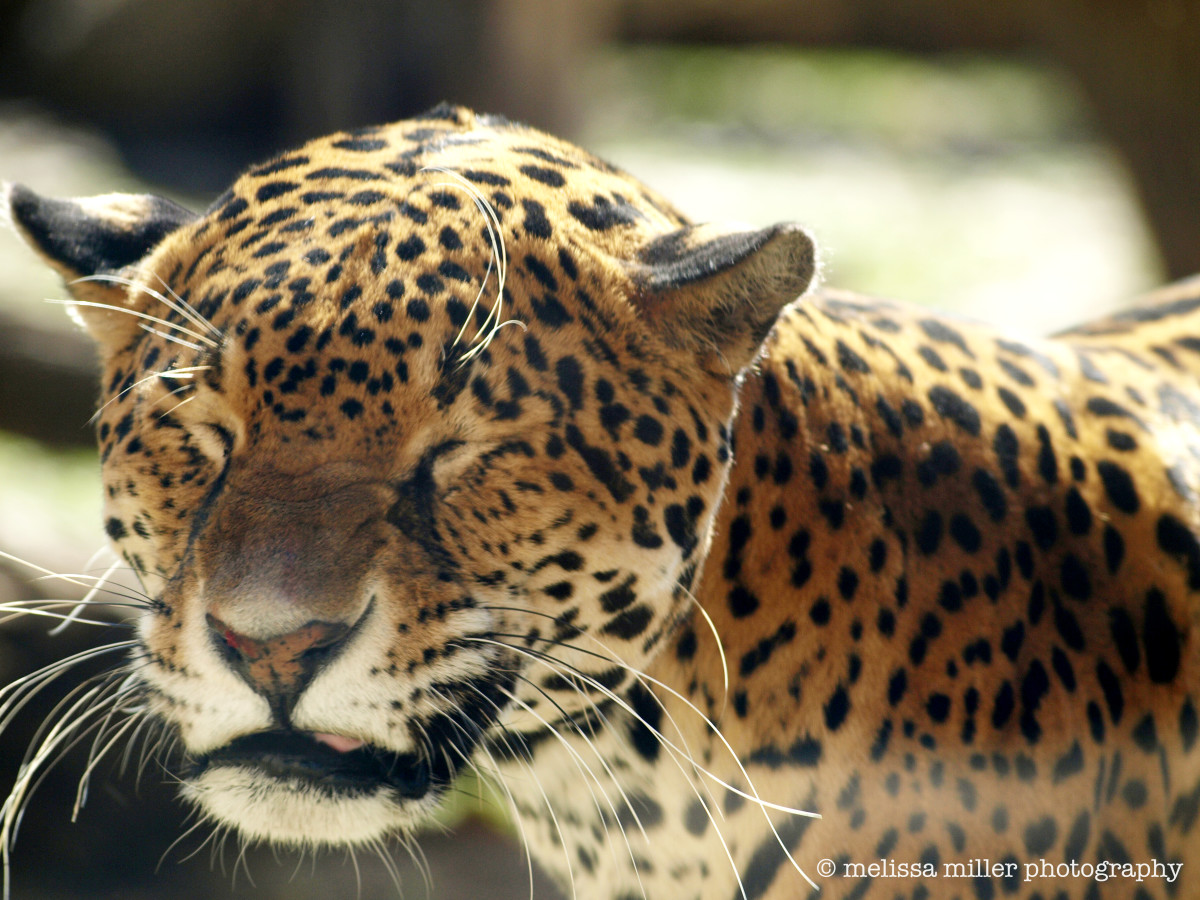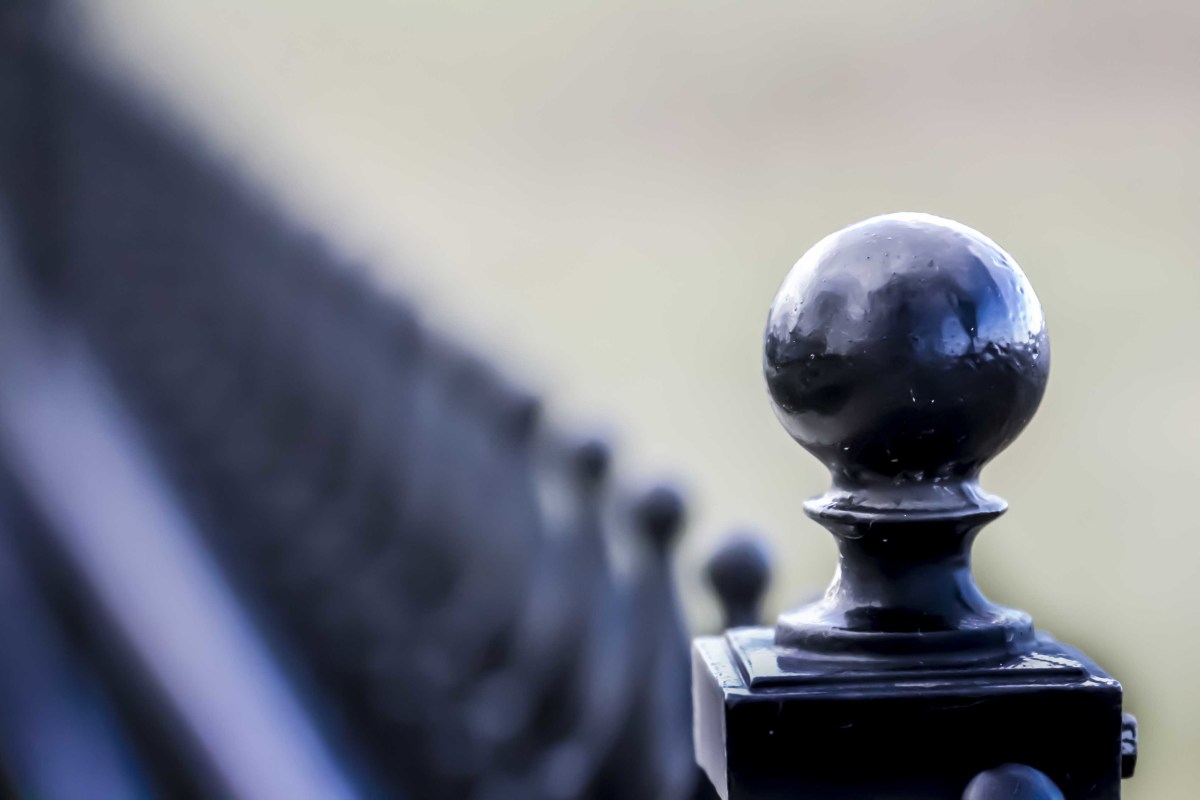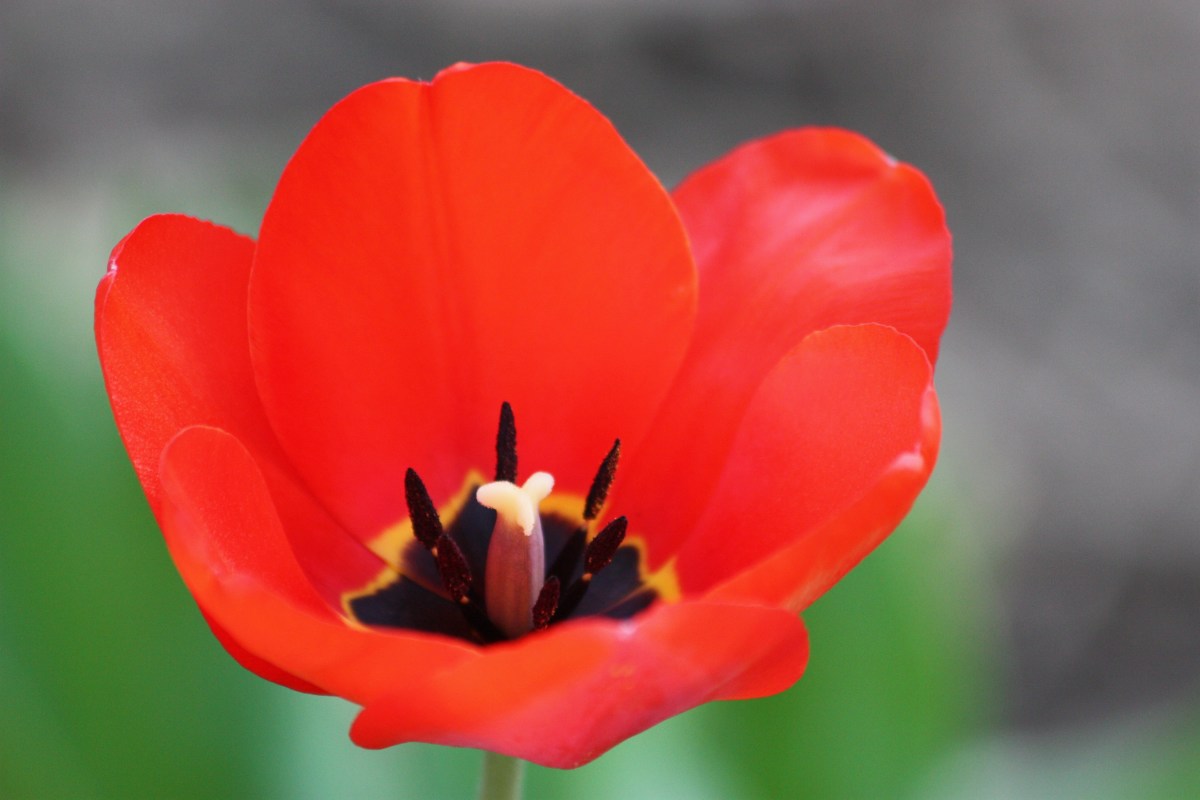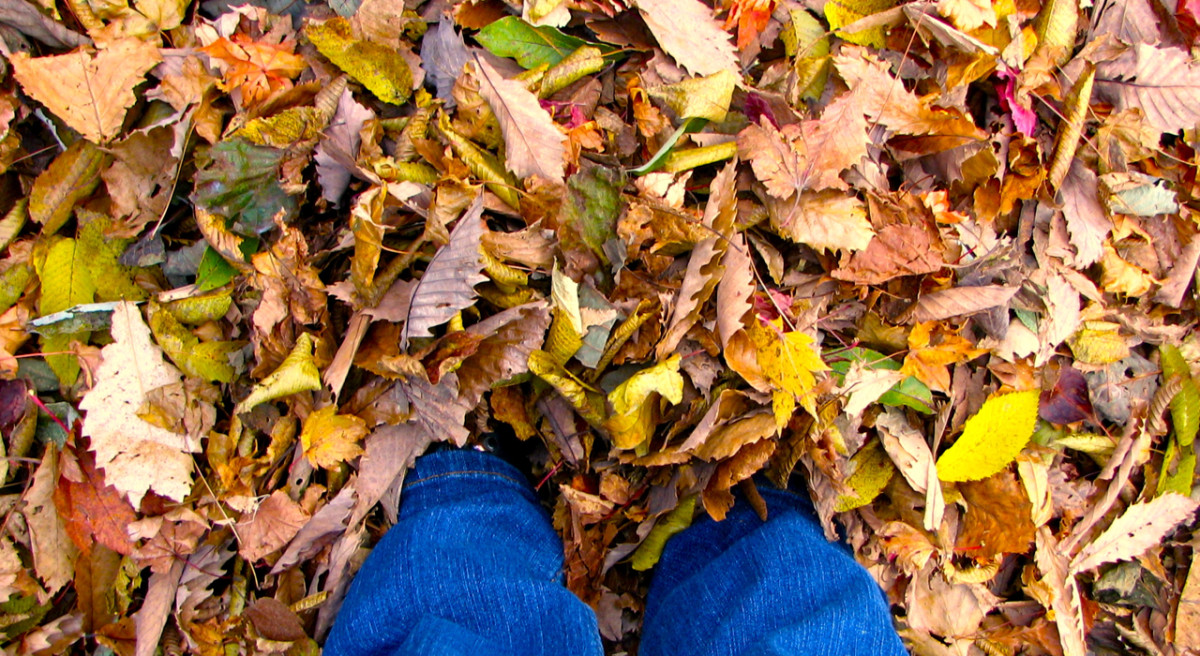Nature Photography the Affordable Way
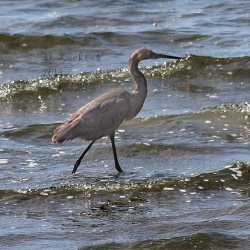
Guide to affordable ways to take nature photos
Well, actually, it depends on what you consider affordable. I know, for me, I can't afford to spend hundreds or thousands of dollars on expensive cameras and lenses. Plus, for my lifestyle, carrying around a huge, heavy camera, tripod, and lens is just not practical for most occasions. But, for what I use my photos for, I think I've got a good setup. Can I get something better? Sure, if I had a lot of money, I could buy much more. But, for those who like to take photos of nature, animals, birds, who don't have the money to spend, here are some of my personal tips.
I am NOT a camera or photography expert and don't purport to be. I'm just a person who loves nature and likes to take pictures of the things I love. Most of the information in this lens is based on my own personal experience as a person with limited funds who takes wildlife and landscape photos.
All of the photos in this lens were taken by me unless stated otherwise.
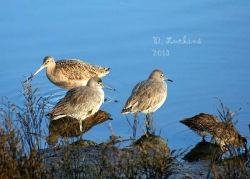
First, pick your camera
What do you want to do with your photos?
The first step is in picking which camera to use if you don't already have one. Ideally, if you can borrow or beg for a camera from a close friend or family member, that would be the most affordable for most people. But, if you want to buy your own camera, outright, you have to go shopping.
What you want to buy depends on what you want to use your photos for. For casual photography, one can go with simple equipment or older equipment. If you only want to post your photos on Facebook, your blog, or something similar, then there's no need to spend thousands of dollars on equipment. Generally, for most editorial websites, you don't need those expensive setups, either. However, if you plan to publish your work on sites known for their spectacular photography or even sell them as stock images, you have to invest a little more money in your equipment. But, experience has told me that good photography depends as much on the photographer's skills as it does on the camera equipment. I've seen great photography done with "point and shoot" and even pinhole cameras because the person had an exceptional knack for photography or found a way to make their photos unique and useful.
For my photography, I mostly post on blogs, Facebook, Squidoo, etc. But, once in a while I get that great photo that I enter into contests and have even won ribbons. My setup is fairly inexpensive and cumulative--I did not buy everything all at once. I also research and waited until the right camera came into reach. I own an older Canon 350D with a 70-300 zoom.
Greater starter cameras and lenses
It's best to do your research to find out what kind of camera would suit you best. Be sure to read the reviews and ratings on each item. Here is a list of brand new cameras for sale. If these are not suitable, check out the cameras on eBay listed below.

Cameras on eBay
I actually bought my camera's body on eBay, but I had to be very patient and look around and wait. Be aware that some auctions may actually push the price ABOVE the price you can get it elsewhere. I recommend buying the body and lens separately so that you can custom-make your kit.
Is film photography dead or just different?
Some people still shoot in film. For example, long into the age of digital photography, I was still shooting in film. Sometimes, I still do. For some, it's about affordability, for others, it's an art form. What do you think about film photography? Is it completely dead, or is there still a place for it in the digital world?
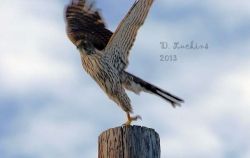
OK, you've got the camera
So, now you have the camera, what's next. Well, if you have a DSLR, you might need to find a lens for the subjects that you shoot. Generally, what is recommended for birds, my favorite subject, is 400mm and at least under f2.8 for maximum aperture. But, that would not be considered affordable for many people, nor is it very practical for taking on a trail for six hours. It might be best to settle for the 70-300 zoom lens as listed above and try to sneak closer to the wildlife, which will be discussed below. For landscapes, usually the wider lenses are better. Generally 50mm is standard and fairly affordable and takes great photos, but many great landscape photos have been taken with 28mm lenses.
For "point and shoot" cameras, be aware of "digital zoom" as, often, the photos aren't as sharp zoomed in. Be sure to play with the camera controls, read the reviews, and read the instructions on your camera before using.
I actually own the two lenses listed above. I find that my entire kit is very easy to carry and fits in a small backpack. I have a tripod that I rarely use. I have also used very wide-angled lenses for my landscapes and entered them into contests.
Landscape photo taken with wider angle lens
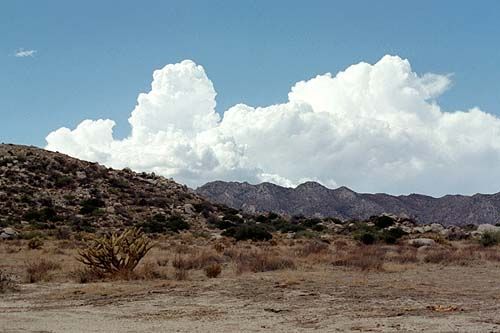
This photo was taken with a wider angle lens on 35mm film. I believe it was a 28mm non-digital lens. I shot with film for many years even when most other people were still shooting digital. It is still possible to shoot with film and there are still processors, though finding film and processing is getting harder. If you like using film, try to take a film developing class if possible. I know there's still a few of those around.
Tips for getting closer to wildlife for photos
If you're like me and can't get that giant lens to take close-ups of wild animals and birds, then you have to figure out a way to get closer to the animals or birds you want to photograph without disturbing them. However, I do want to say this: Be very aware of how your target animal behaves and how dangerous it might be to you or any other animals around you. Do not put yourself in life-threatening situations just to get that great photo of that bear, moose, or whatever animal that could attack you. Also, do not destroy nature just to take a photograph. Do not break branches away from a nest to get a better photo of baby birds and do not harass a mother animal away from her babies, for example.
- Use a blind--Many areas have blinds already set up either for photographers or hunters. Be sure you have permission to use the blind or that the blind is open for all to use before using it.
- Learn how to approach the animal--Learn what disturbs the animals or birds you are targeting and how close is too close.
- Approach slowly and allow the animal to come to you--Stay still or approach slowly, allowing the animal to get used to your presence. However, be careful you don't stalk an animal or bird like a predator does.
- Talk to the animal--This may NOT always work with extremely sensitive and shy animals. However, I find it works great with many birds and actually gets some of them curious and approach me. If you find the animal is nervous about your voice, then it's best to stop and stay still.
- Use bird/animal calls, "pishing" or recorded bird calls--This is highly controversial and a big cause for debate. If you are birding with other people, ask for permission before doing any of these tactics. They should be used very sparingly. Imagine a place where so many people used playback of recorded calls that the birds flat out stopped paying attention to all calls. This can possibly cause great disturbance for breeding males.
- Photograph at feeding areas-- I'm mostly talking about setting up a camera at your bird feeders or near where people feed birds and ducks at a park. Many places have laws against feeding wild animals or it is heavily regulated. Also, it is not suggested that one try to feed (or "bait") nuisance or predatory animals.
Some photographers may think it's unethical to photograph animals at a feeding station, but it's up to personal preferences. I've gotten great photos of ducks and ducklings because they were accustomed to people feeding them at a certain place even though I never fed them myself.
- Use domesticated or tamed animals--The photo below of the kestrel was taken at a birding festival and was being held by a falconer. Zoos and gardens are great places to take close-up photos of animals, especially zoos that try to reproduce the natural conditions. Be aware, though, that many zoos restrict commercial photography and the use of your photos on commercial websites. Be sure the read the admission rules before publishing your photos.
Also, be aware that photo contests and magazines often disqualify captive animals in submissions and it is often considered unethical to photograph or film a captive animal and pass it off as a wild one.
Female American kestrel
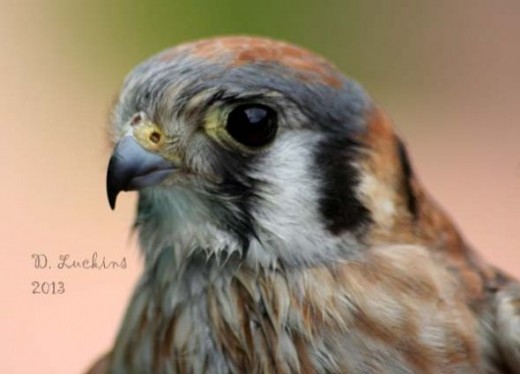
Close-up of a female American kestrel who was being held by a falconer. I used my Canon 350D with my 70-300mm lens and flash.
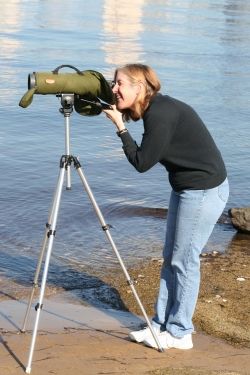
Digiscoping
I have recently bought some supplies for digiscoping. This is one way to get around the need for buying those expensive long lenses. Basically, you buy a birding scope and camera adapter and attach the camera to the scope. I have just bought the supplies and haven't tried them, yet. I hear it takes a lot of practice to digiscope and one of the problems is vignetting, another is that the photos aren't that sharp and the aperture is fixed. But, I've also heard it's a great way to get good ID photos to prove your bird sightings. If you're a birder, you probably would want a scope anyway, especially for shorebirds and ducks on larger lakes.
Like cameras and lenses, scopes can be inexpensive or expensive depending on what you want. I've found good "starter" scopes for under $100. You will also need a good tripod to keep that scope steady. If you wear glasses or have eye issues, then you might want to spend more for a scope as they have better eye relief and are often sharper.
As soon as I get a decent digiscoped photo, I will post it on this lens. In the meantime, I've picked out a few items from Amazon similar to what I have right now. Like cameras, be sure to do your research and read the reviews before purchasing.
Update: I just got the adapter and fitted it to my scope with my Canon 350D. The assembly instructions didn't come with the box, but I found them on the Barska website. I actually found it easy to assemble once I saw a photo of an assembled piece. Digiscoping is going to take more practice than I thought. You not only have to set your camera to lessen vignetting, but also make sure you get it in focus. So, if you're not willing to keep practicing, it might not be for you. There are several websites that mention digiscoping of which I will peruse to see what is the best and post them here.
So far, since writing this lens, I have not had a whole lot of luck with digiscoping, but I will continue practicing.
Digiscoping supplies
Here are some digiscoping supplies that I am familiar with. Scopes and camera adapters are sold separately.


A second attempt at digiscoping
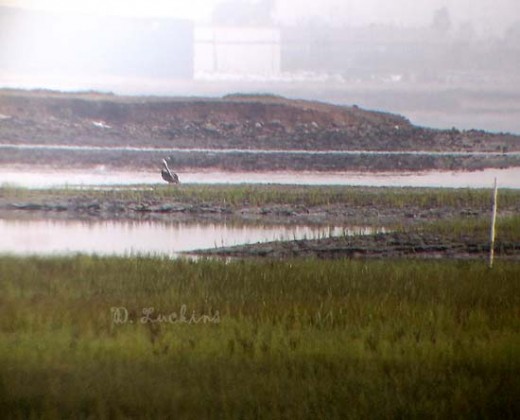
So, my second attempt involved a new camera, a Fujifilm Finepix AX650. I didn't use an adapter (the camera has image stabilization) and there was a lot of vignetting, but the camera's large photos allowed me for cropping. That pelican was several miles away and it was fairly foggy. I think that's a white building in the background, but could be some kind of glare. Scope was at 20x and no zoom was used on the camera.
When you digiscope, you lose a lot of light to your lens. So, it's best to use a shorter lens with a wider aperture. I'm going to start playing with shutter speeds as a next step in getting clearer photos.
Stay tuned as I will post better photos as I keep practicing. I want to get good enough for when the rare curlew sandpiper comes to town so I can prove that I saw it.
***Update: I'm still practicing. Still trying. I'm planning on doing a slight upgrade in my equipment, eventually. I think the "eye" piece of the scope is too narrow. The scope I use has a fixed eyepiece. I may have to upgrade. But, I'm still able to get photos other ways.
Editing software
You will need an editing software, it's almost required for wildlife photos, especially with shorter lenses. Cropping is essential with some birds and animal photos. Plus, you might want to adjust colors and sharpness, too. Editing a photo is not "cheating". Even back in the film days when people had their own darkrooms, photos were cropped, color corrected, blown up, and had other things done to them to bring out the best in them.
I don't recommend getting a heavy duty editing software program if all you do is basic darkroom techniques. I use an older version of Photoshop Elements and it works out fine for me. There is also a free program called "Gimp" that has more features, but takes a while to learn and is hard to update if you don't know a little bit more about computers. I've used it and enjoyed it, but found it ran slow on all my computers, so I use Elements, instead. It's also good for watermarking photos.
Learn more about wildlife photography with these links
I certainly can't tell you a whole lot about all the ranges of cameras, tripods, scopes, lenses, etc. to fit the wide ranges of preferences and techniques of all of you out there. So, I've gone through the web and picked out a few links that might be helpful for a wider range of information.
- Nature Photography for Beginners Article
Learn the basics of nature photography for beginners - How to Photograph Birds
Great tips on not only photographing birds, but on choosing a camera. - Affordable Wildlife Photography using digital equipment
affordable wildlife photography - the digital alternative This article discusses not only techniques, but equipment, too. - 11 Surefire Landscape Photography Tips
Tips on how to make your landscape photographs more vibrant. - How to Take Better Landscape Photos
More tips on how to take better landscape photos.
